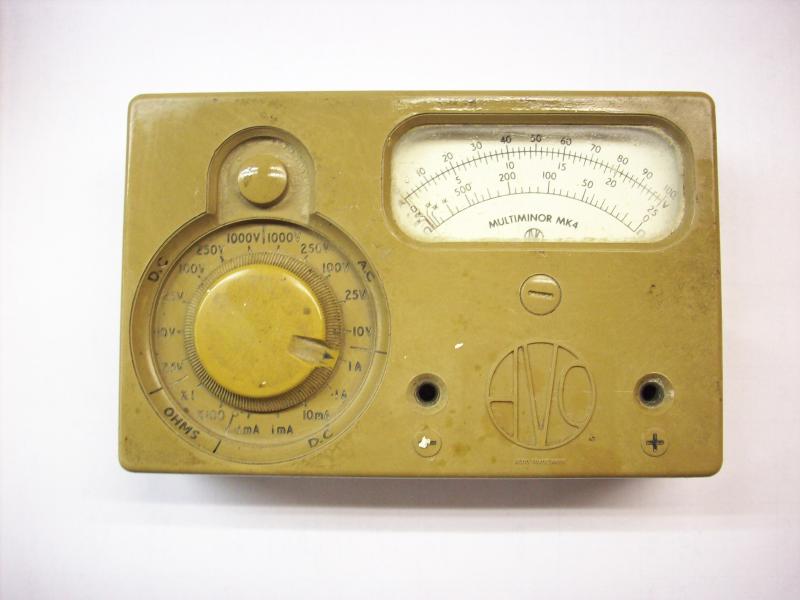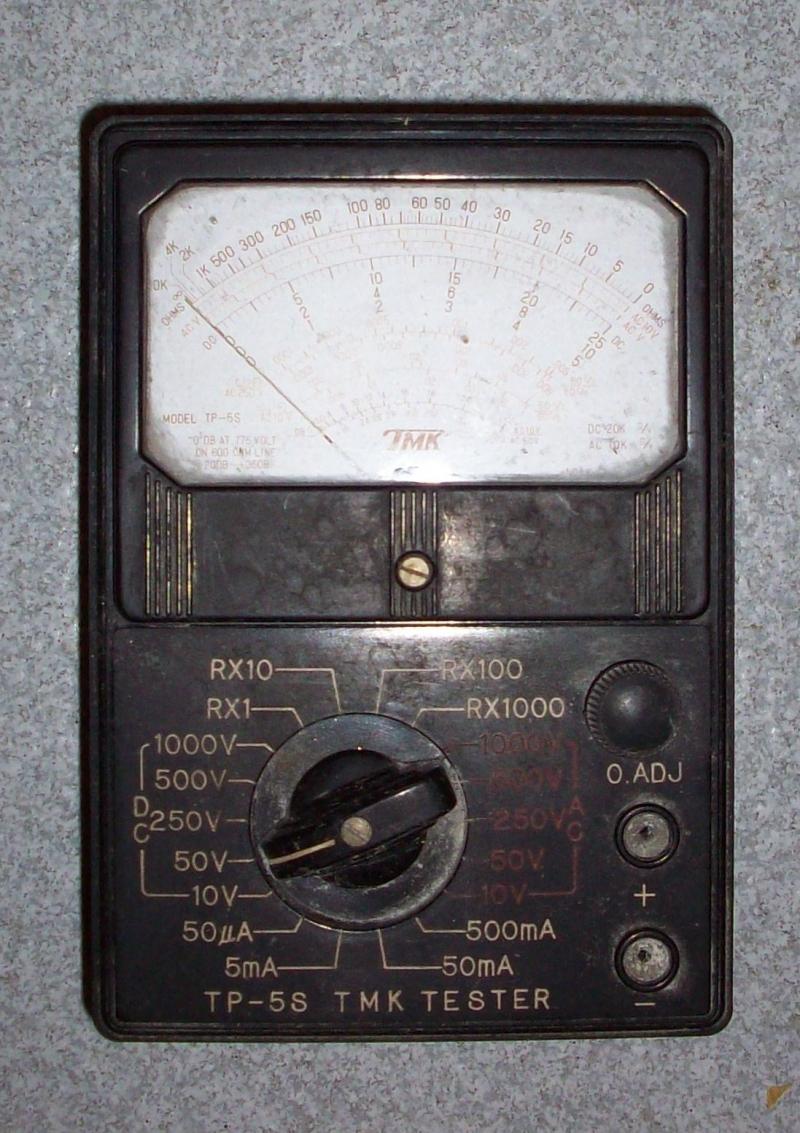Hi
I am confused!
Whilst decorating, I found buried in the wall, two mains size cables (each with red, black and earth cables) that are simply terminated with insulation tape.
It looks like they were part of a ring mains and were probably both connected to a mains socket.
I tested it with my volt meter and there were no readings except when connecting any of the red, black or earth leads of the first cable in turn to the earth of the second cable, but which then registers just 0.8 volts (0.8 with voltmeter set at 200V range). No reading comes from red or black of the second cable.
I just dont understand what would cause that? Is there some form of induced current?
Any advise much appreciated - thanks - Graham
I am confused!
Whilst decorating, I found buried in the wall, two mains size cables (each with red, black and earth cables) that are simply terminated with insulation tape.
It looks like they were part of a ring mains and were probably both connected to a mains socket.
I tested it with my volt meter and there were no readings except when connecting any of the red, black or earth leads of the first cable in turn to the earth of the second cable, but which then registers just 0.8 volts (0.8 with voltmeter set at 200V range). No reading comes from red or black of the second cable.
I just dont understand what would cause that? Is there some form of induced current?
Any advise much appreciated - thanks - Graham



